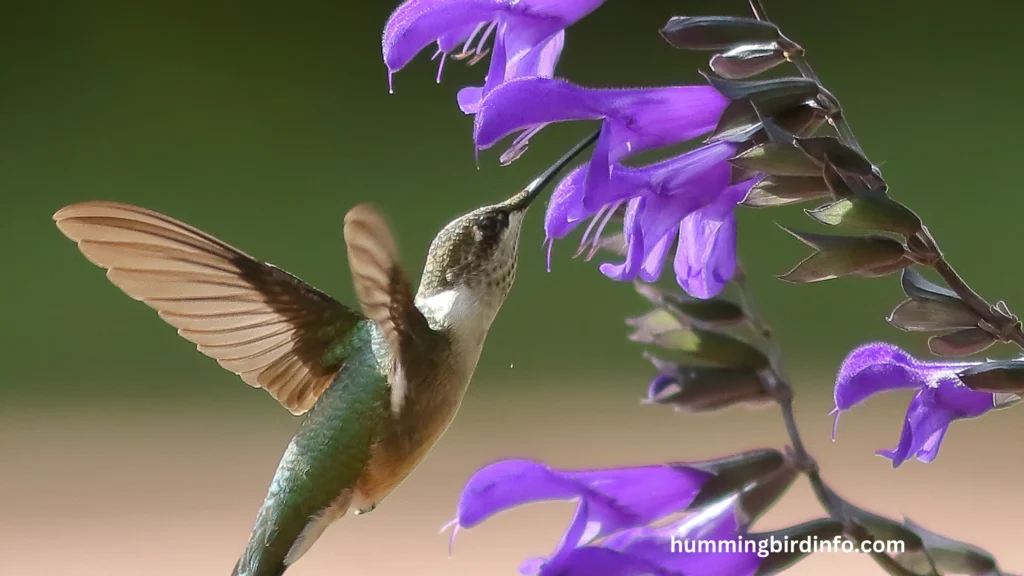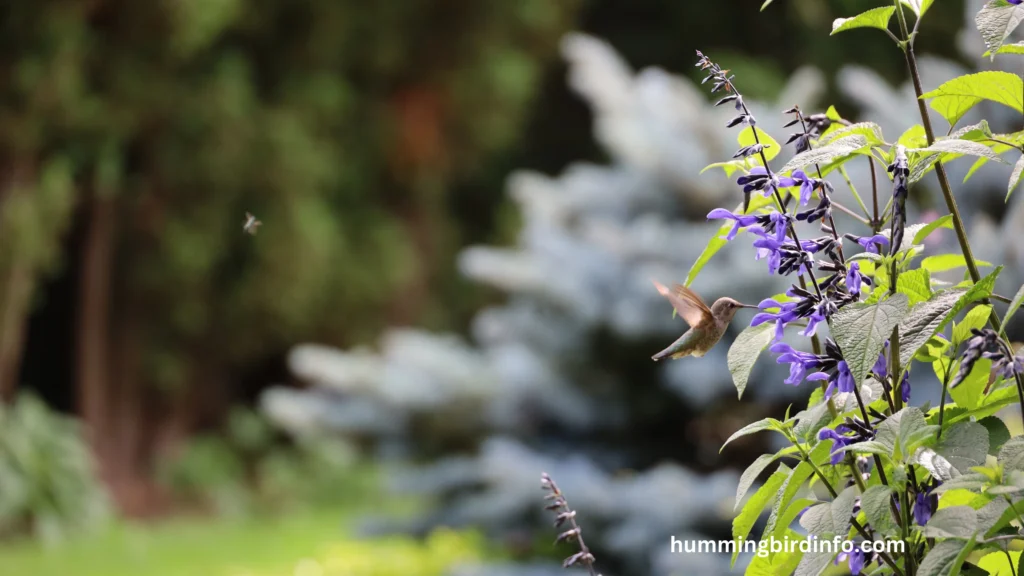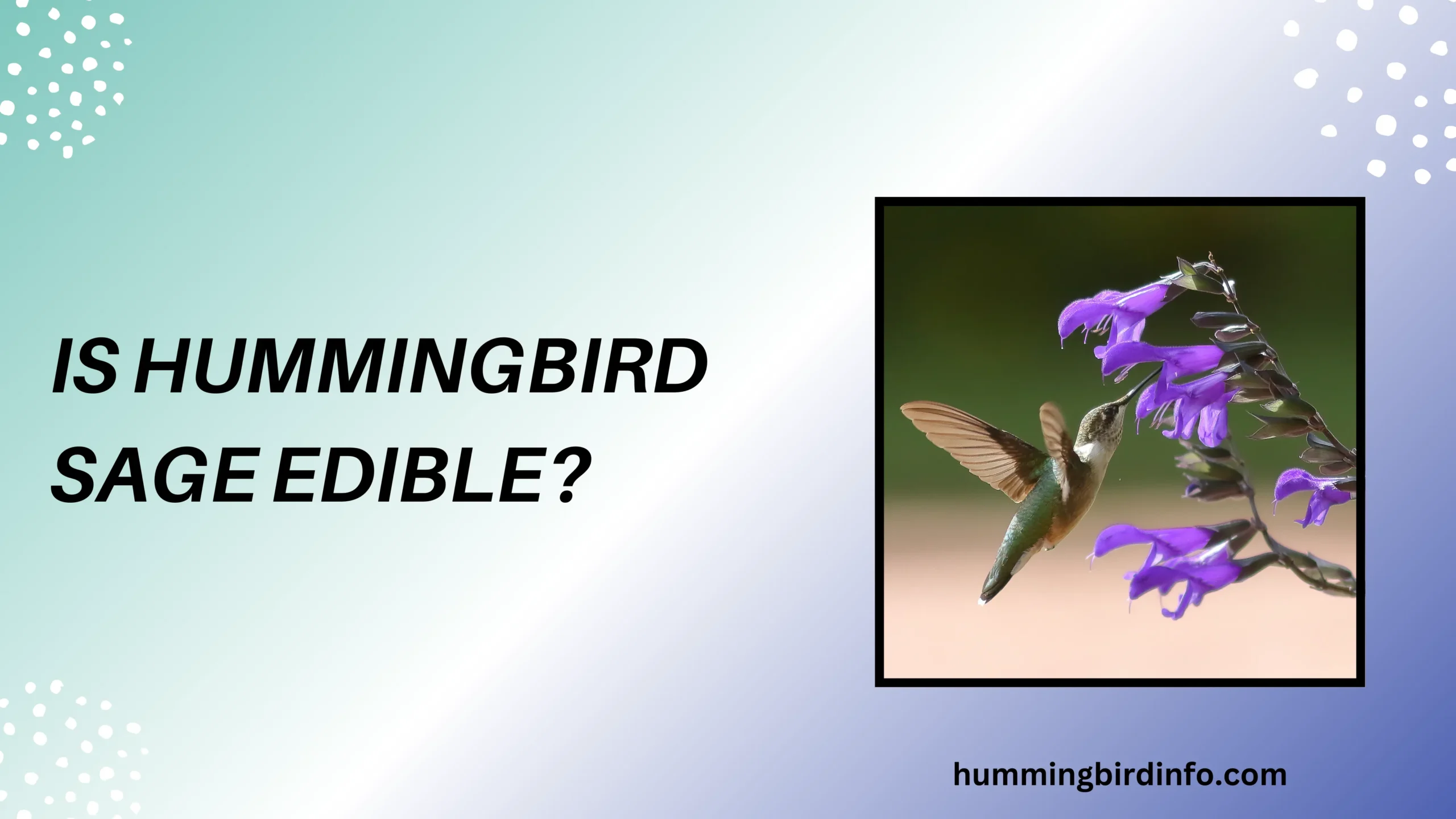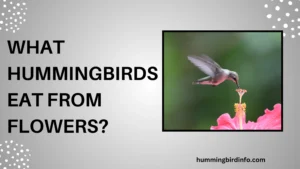Hummingbird Sage, or Salvia spathacea, isn’t just another pretty face in the garden—it’s a bold, fragrant, and vibrant native plant that captivates not only hummingbirds but also herbalists, gardeners, and food enthusiasts alike.
With its magenta flowers, lush green leaves, and strong aromatic presence, this California native is a favorite in drought-tolerant landscapes. But beyond its garden beauty and pollinator appeal, many are now asking: Is Hummingbird Sage edible?
The question is a timely one. As people become more interested in wild foods, native plants, and sustainable living, curiosity around uncommon edible herbs has skyrocketed.
If Hummingbird Sage is part of your backyard landscape, you may have wondered whether it can do more than just attract nectar-loving birds. Could its fragrant leaves and vibrant flowers offer something delicious in the kitchen?
This blog will walk you through everything you need to know about the edibility of Salvia spathacea.
We’ll explore its botanical background, traditional uses, chemical makeup, culinary applications, and recipes—all while touching on important safety considerations and comparisons to other edible sages.
Whether you’re a forager, home cook, or simply plant-curious, this guide is your gateway to a new world of native plant flavor.
Contents
1. Botanical Identity of Hummingbird Sage
Hummingbird Sage is scientifically known as Salvia spathacea, a proud member of the Lamiaceae or mint family. This plant shares its lineage with culinary favorites like basil, rosemary, and thyme—but it stands out with its ornamental appeal and wild charm.
Commonly referred to as Hummingbird Sage, Pitcher Sage, or California Hummingbird Sage, this species is perennial, herbaceous, and low-growing. It typically reaches 1 to 3 feet in height and spreads out via rhizomes, forming a dense mat.
The leaves are bright green, coarse, and covered in soft hairs, releasing a minty-fruity aroma when crushed.
Its signature magenta flowers emerge on vertical spikes, blooming from early spring to summer. These flowers are high in nectar and are designed to attract—you guessed it—hummingbirds. Found primarily in California, Hummingbird Sage grows in oak woodlands, chaparral, and coastal scrub, thriving in shaded, dry environments.
Its lush form and tolerance to drought make it a go-to choice for native gardens, but there’s more to this plant than its good looks and ecological benefits.

2. Traditional and Cultural Uses
Long before Hummingbird Sage made its way into ornamental gardens, it played an important role in the lives of Indigenous peoples of California. Tribes such as the Chumash and Tongva used Salvia spathacea for both medicinal and ceremonial purposes.
While it wasn’t a staple food source, its leaves were brewed into herbal teas used to treat coughs, sore throats, and respiratory ailments. These uses were passed down through generations and recorded in ethnobotanical sources, indicating a deep respect for the plant’s healing potential.
The early European settlers in California were also drawn to the plant’s aroma and resilience, although its culinary potential remained largely unexplored in Western traditions. Today, however, with a renewed interest in ancestral plant knowledge, Hummingbird Sage is gaining attention in modern herbal and culinary circles.
The ethnobotanical legacy of this plant highlights its value beyond aesthetics. As we seek sustainable and locally adapted ingredients, it’s only natural to revisit this native sage and rediscover its forgotten uses.
3. Flavor, Aroma, and Chemistry
The moment you rub a leaf of Hummingbird Sage between your fingers, you’ll be met with a sweet, minty, and fruity fragrance. This scent comes from its rich collection of volatile oils, including terpenes, camphor, and linalool—compounds also found in lavender, mint, and rosemary.
Its flavor profile is complex: think mint with a hint of fruit, almost like bubblegum mixed with apple mint. Unlike the savory punch of traditional culinary sage (Salvia officinalis), Hummingbird Sage offers a softer, sweeter note that complements herbal teas, baked goods, and light dishes.
Though not extensively studied, its nutritional composition is likely to include small amounts of vitamin C, antioxidants, and essential oils—much like other members of the sage family.
These compounds are known to have anti-inflammatory and antimicrobial properties, giving the plant potential health benefits beyond flavor.
The balance of aroma, flavor, and gentle herbal properties makes Hummingbird Sage a unique addition to any homegrown apothecary or kitchen experiment.
4. Culinary Uses and Recipe Ideas
Hummingbird Sage is more than just edible—it’s surprisingly versatile in the kitchen. Both the leaves and flowers can be used, each offering a distinct culinary charm.
Leaves are best used either fresh or dried. Fresh leaves can be chopped into fruit salads, infused in teas, or steeped in syrups. When dried, they maintain their aroma and can be used in baked goods, homemade spice blends, or herbal sachets.
Flowers are delicate, lightly sweet, and perfect for garnishing salads, cupcakes, or herbal cocktails. You can also infuse them into vinegar, sugar, or honey to create beautiful floral condiments.
Here are some ways to use it in your kitchen:
- Hummingbird Sage Tea: Steep 1 tsp of dried leaves or 3–4 fresh leaves in hot water for 5–7 minutes. Add honey and lemon to enhance the flavor.
- Sage Shortbread Cookies: Finely chop 1 tablespoon of fresh leaves and mix into your cookie dough before baking.
- Sage-Infused Syrup: Simmer 1 cup of water, 1 cup of sugar, and a handful of leaves/flowers. Strain and cool. Use in cocktails or lemonades.
- Fried Sage Leaves: Lightly batter fresh leaves and fry until crisp—an herbal twist on tempura.
Pro tips: Harvest in the morning when oils are most potent. Wash gently, dry with a cloth, and store dried leaves in a dark, airtight container for future use.

5. Safety and Comparisons to Other Sages
When used in moderation, Hummingbird Sage is safe to eat. Like most culinary herbs, its safety is backed by traditional use and low toxicity. However, people with allergies to mint family plants should proceed with caution, especially when trying it for the first time.
Overconsumption, especially in concentrated forms like teas or oils, may cause digestive discomfort. While no major toxic compounds have been identified, it’s always smart to start small. Pregnant and breastfeeding women should consult a healthcare provider before using any sage variety medicinally.
Compared to Salvia officinalis (common sage), Hummingbird Sage has a milder flavor, making it better suited to light dishes and sweet infusions. Salvia elegans (Pineapple Sage), another edible cousin, shares its fruity overtones and is similarly used in teas and desserts.
Other edible sages include Salvia apiana (White Sage), which is typically used for ceremonial smudging rather than culinary purposes, and Salvia miltiorrhiza, known in Chinese medicine.
Hummingbird Sage holds its own among these thanks to its sweet aroma, native origin, and culinary creativity.
Conclusion:
So, is Hummingbird Sage edible? Absolutely. This California native not only brings color and fragrance to the landscape but also delightful possibilities in the kitchen.
With its sweet, minty aroma, vibrant flowers, and gentle medicinal history, Salvia spathacea is a plant that bridges the gap between beauty and function.
From soothing teas to floral garnishes and even sweet treats, it offers a flavor experience that’s unique and wildly underappreciated. It’s a reminder of how native plants can nourish us in ways both aesthetic and edible.
As interest in sustainable foraging and homegrown herbalism grows, Hummingbird Sage stands out as a plant worthy of reconnection—to land, to tradition, and to taste. Just remember to harvest responsibly, try new recipes, and let your kitchen bloom with native flavor.
FAQs
1. Is Hummingbird Sage safe to eat?
Yes, it’s non-toxic and generally safe when consumed in moderation. Use fresh or dried leaves and flowers as flavoring agents.
2. What does it taste like?
The flavor is minty, fruity, and slightly floral, much milder than common sage—ideal for teas and desserts.
3. Are the flowers edible?
Yes! They’re great as garnishes, in salads, or infused in drinks and vinegars.
4. Can you cook with it like regular sage?
Not quite. Hummingbird Sage is best in light preparations, not hearty or roasted dishes like its cousin Salvia officinalis.
5. Any precautions to take?
Avoid overuse. If you’re pregnant, nursing, or sensitive to mint-family plants, consult a health professional.
6. Is it pet safe?
It’s non-toxic to dogs and cats, but avoid letting pets eat large quantities.








